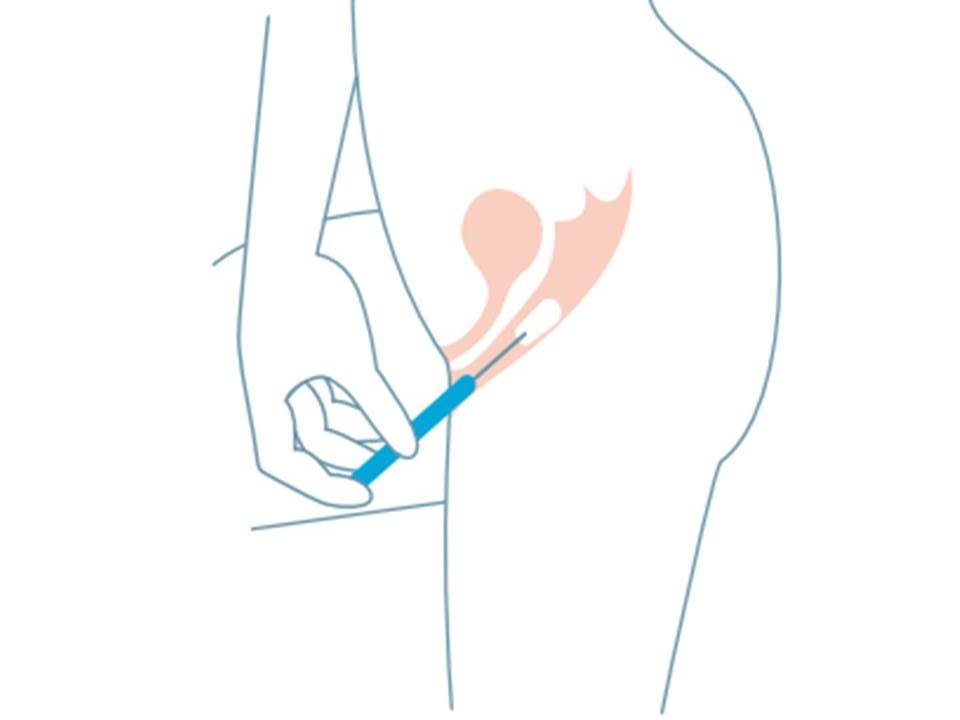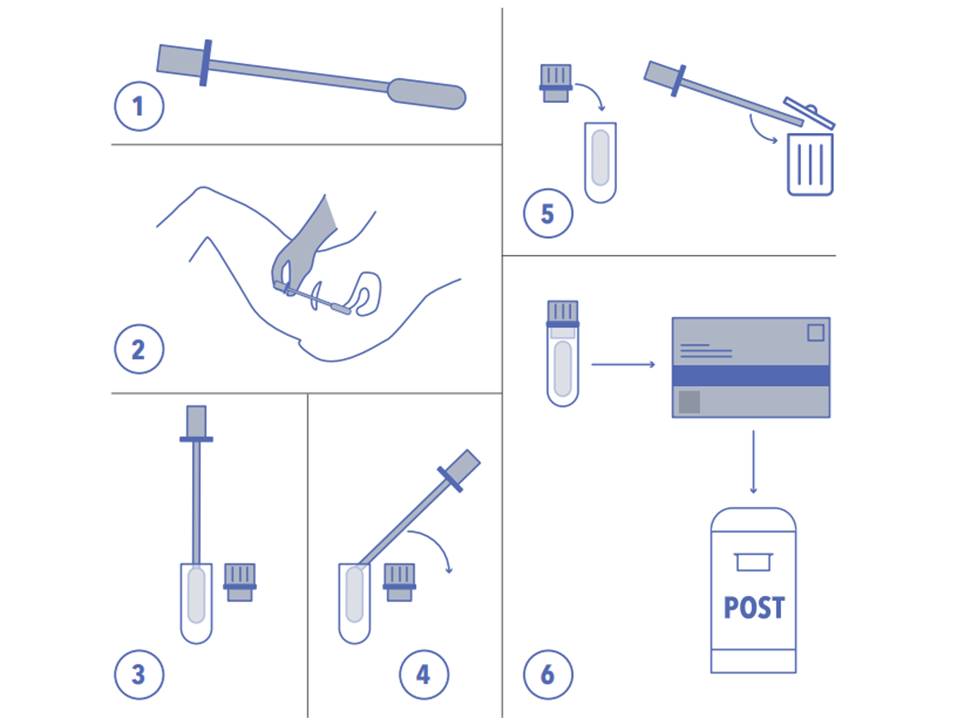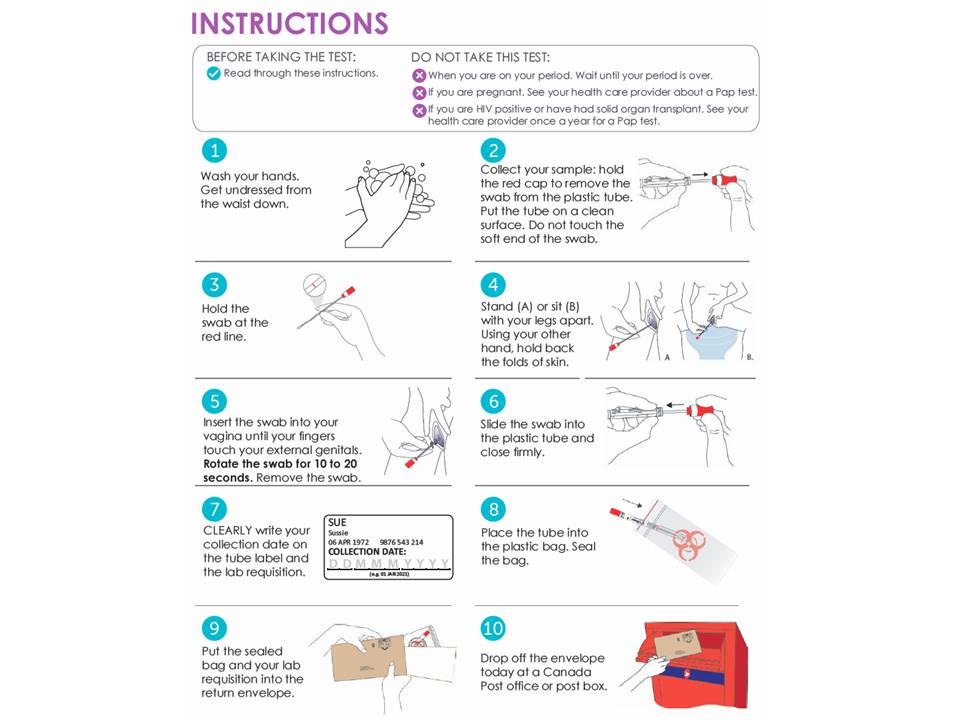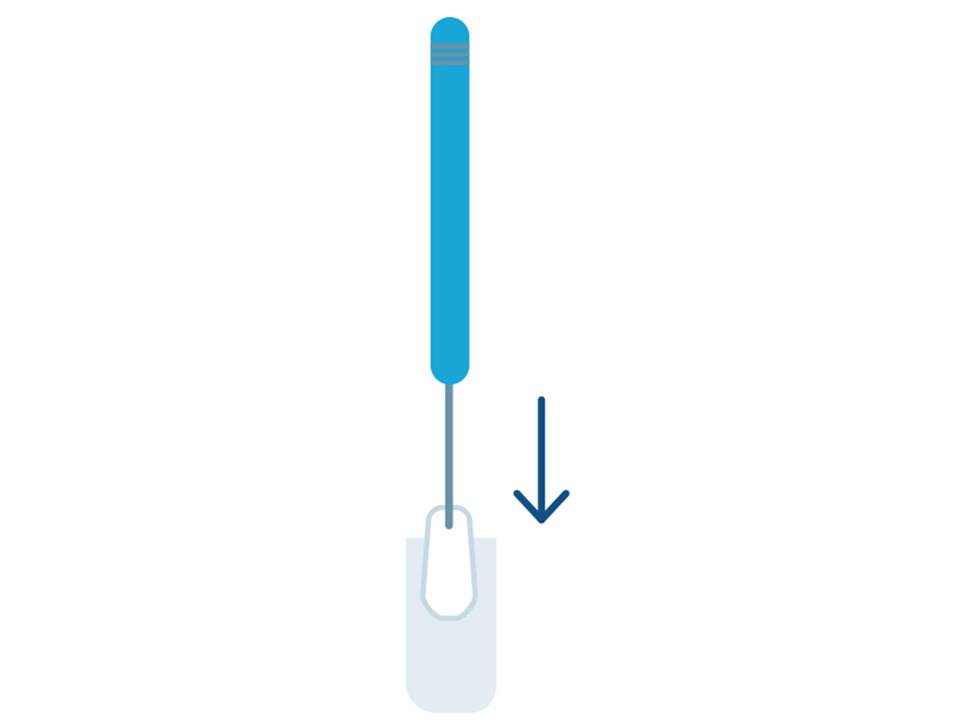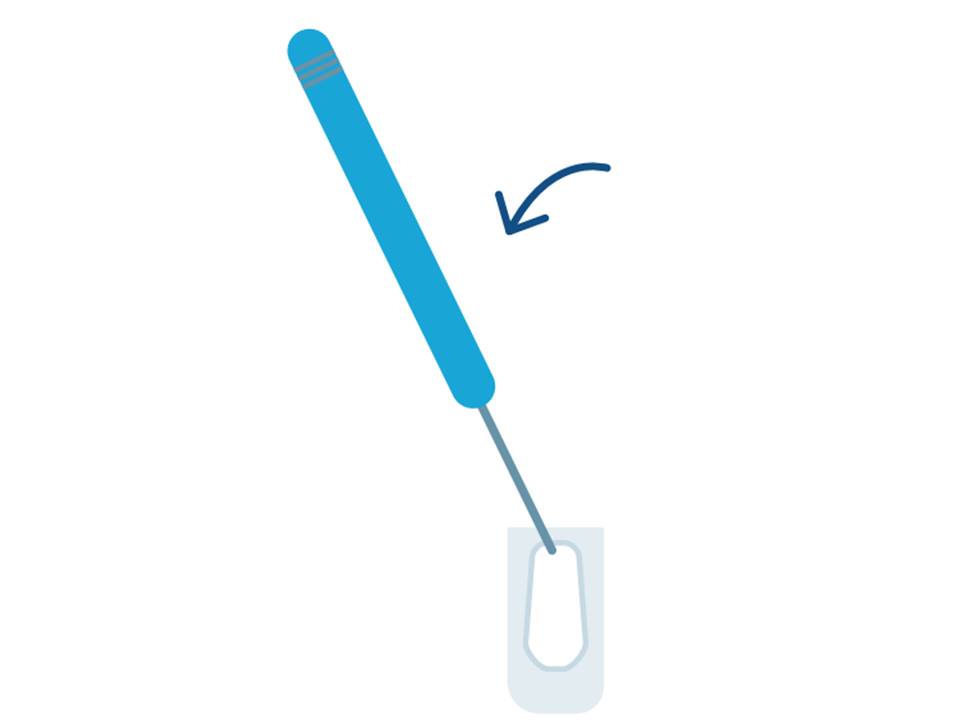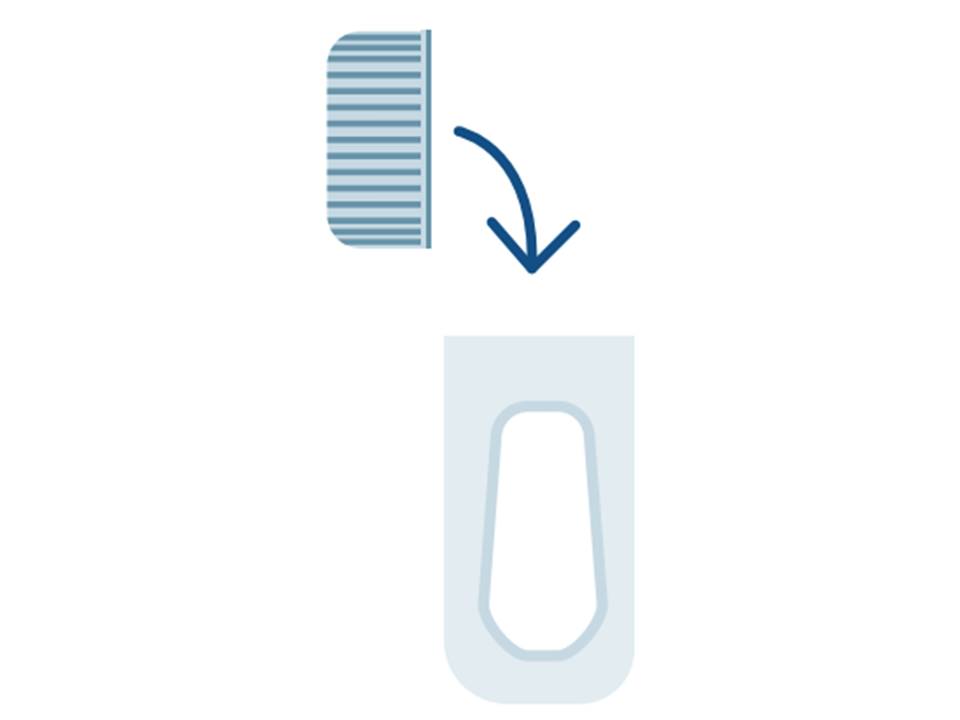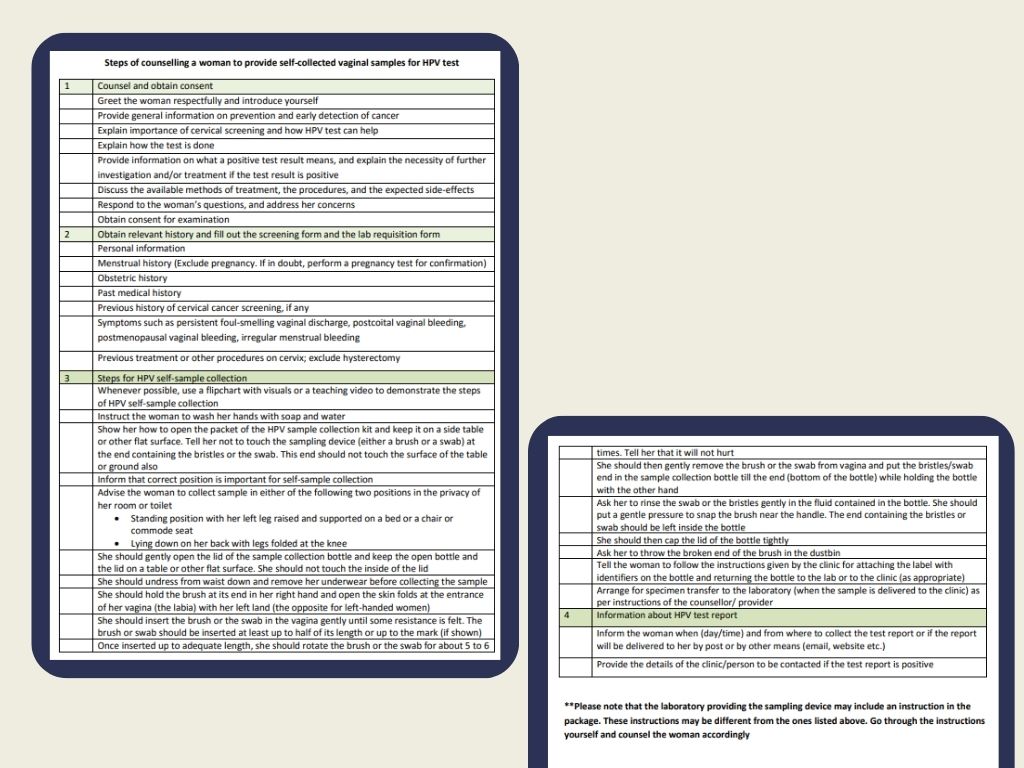Introduction
Different approaches to screening and treatment of cervical precancer
Anatomical considerations
Physiological changes of the cervical epithelium
Neoplastic changes of the cervical epithelium
HPV tests – Variation between tests
Instruments, consumables, and setup required
Procedure to collect samples for HPV testing
Interpretation of HPV test results
Management of women with a positive HPV test result
Treatment of cervical intraepithelial neoplasia – principles
Steps to determine eligibility for ablative treatment
Role of Lugol’s iodine in identifying the transformation zone for treatment
Treatment by cryotherapy
Treatment by thermal ablation
Using an HPV test as the test of cure in women treated for cervical abnormalities or cervical intraepithelial neoplasia (CIN)
Infection prevention
Case studies
VIA triage outcome (applicable in screen-and-treat setting only) – negative cases
VIA triage outcome – positive cases
VIA triage outcome – suspicious of cancer cases
Foreword
Acknowledgement
Authors
Suggested citation
Copyright
Home / Training / Manuals / Using HPV tests for cervical cancer screening and managing HPV-positive women – a practical online guide / Learning
Using HPV tests for cervical cancer screening and managing HPV-positive women – a practical online guide
Filter by language: English / Français / EspañolProcedure to collect samples for HPV testing – Steps for self-collection of samples | Click on the pictures to magnify and display the legends |
A woman may collect a sample herself from her upper vagina either at the clinic or at home. The steps can be demonstrated to the woman by a health provider using visual aids (e.g. flipcharts, posters, flyers, models, or animated videos). In many settings, the self-collection kit (which contains the sampling device, a tube containing the specimen transport medium, and the requisition form) is mailed to the woman. A leaflet describing the self-collection process step-by-step is also included in the kit. The leaflet may contain links to websites with further information. In 2021 a research study on home testing for HPV was carried out by King’s College London, in collaboration with the NHS Cancer Alliances in north central and north east London, UK. This video provided instructions to anyone who participated in using the test kit. The study is now complete, and these self-sampling kits are not currently available. (Copyright: North Central London Cancer Alliance) Steps to be explained to the woman: If the woman visits a clinic to provide the self-collected sample and you are the health provider guiding her, please follow the steps of pre-screening counselling and history taking as described previously. Use a flipchart with visuals or a teaching video to demonstrate the steps for self-collection of samples for HPV testing. Give the sample collection kit to the woman and explain about the following steps of sample collection at home or at the clinic:
The woman may collect the sample herself at the clinic by following the same steps. Direct her to the room or toilet where she will be able to collect the sample. Collect the tube from her after she has taken the sample. Make sure that the cap of the tube is securely tightened. Apply the pre-printed label or write the woman’s identity number and name on the tube with a permanent marker pen. Inform the woman when (day and time) and where to collect the test report, or whether the report will be delivered to her by post or by other means (email, website, etc.). Provide the details of the clinic or the health provider to be contacted if the test result is positive.
Click here to download the step-by-step checklist for counselling a woman to provide self-collected vaginal samples for HPV testing, which serves as a reminder in the clinic. The checklist is also useful during a training programme, to assess the trainee’s skill.. |
IARC, 150 Cours Albert Thomas, 69372 Lyon CEDEX 08, France - Tel: +33 (0)4 72 73 84 85 - Fax: +33 (0)4 72 73 85 75
© IARC 2025 - All Rights Reserved.
© IARC 2025 - All Rights Reserved.




